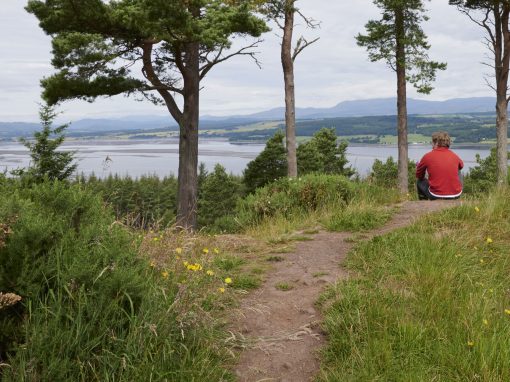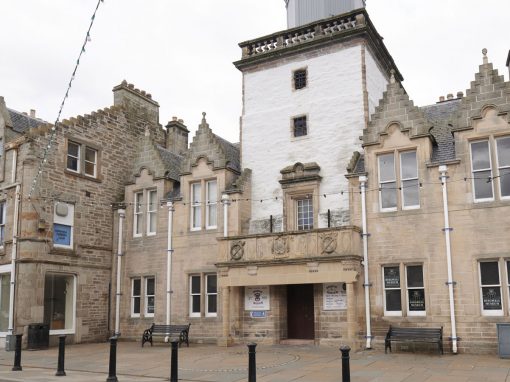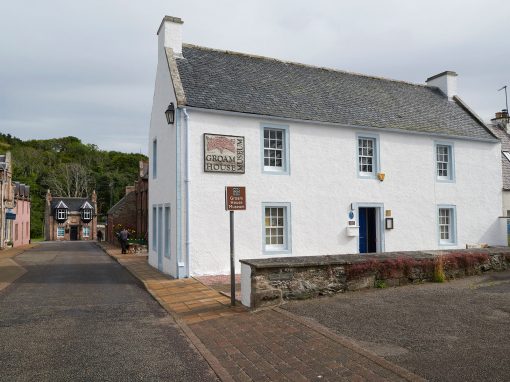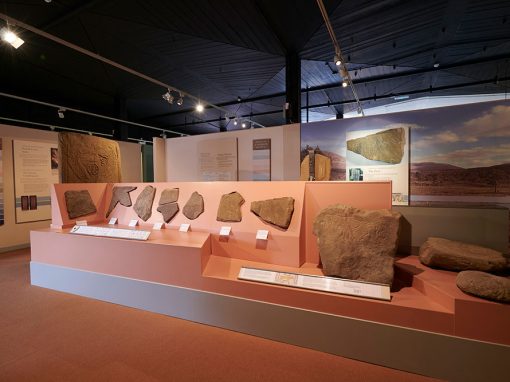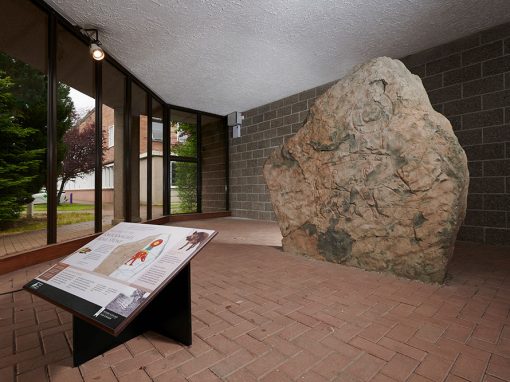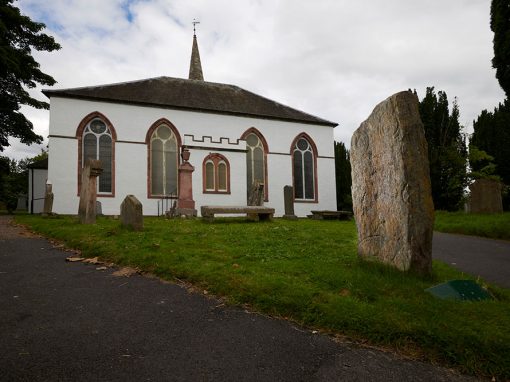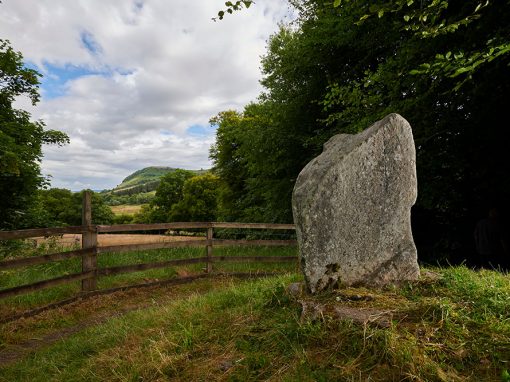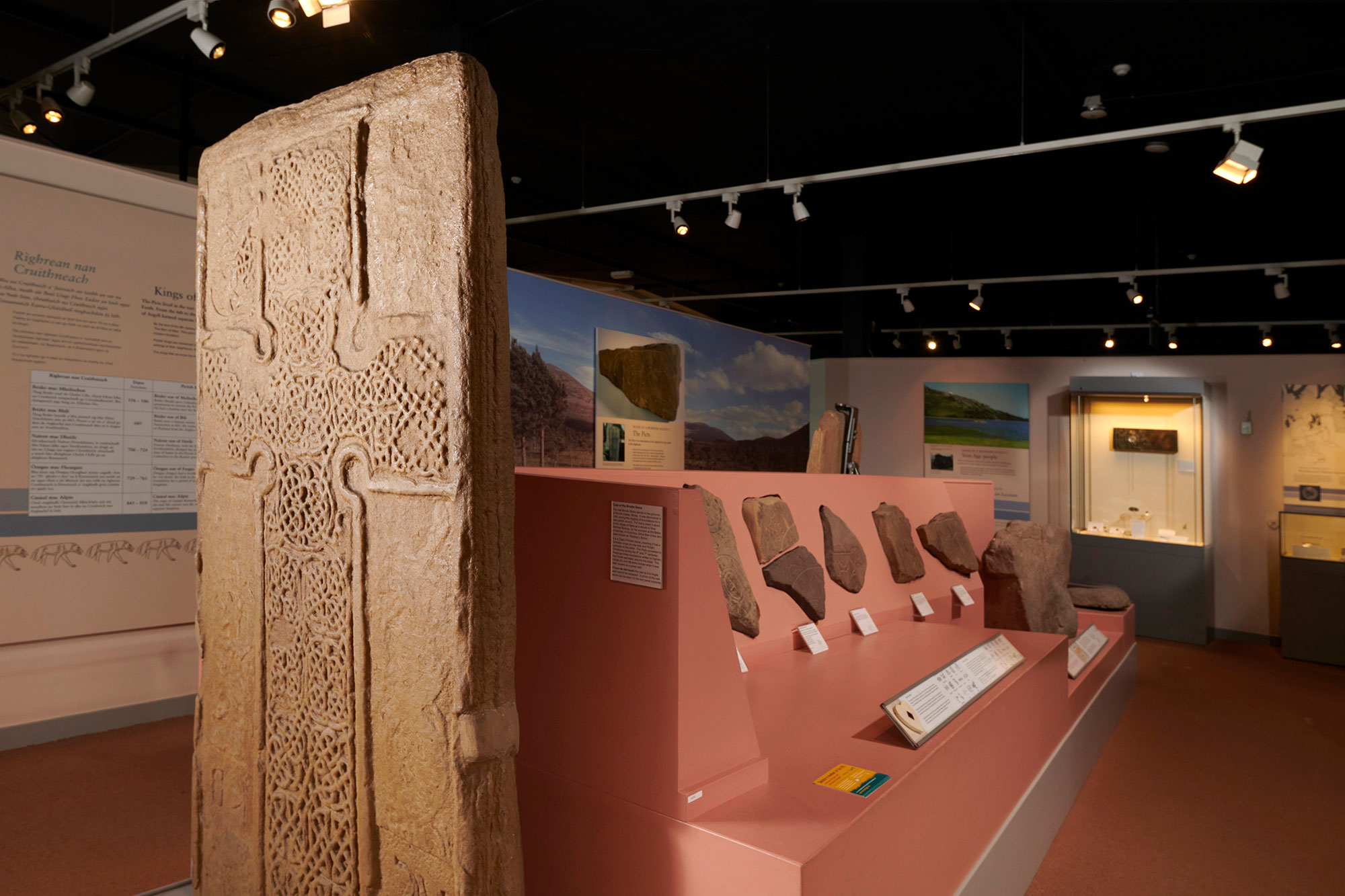
Hill fort

Museum/centre

Outdoor carved stone

Hill fort

Museum/centre

Outdoor carved stone
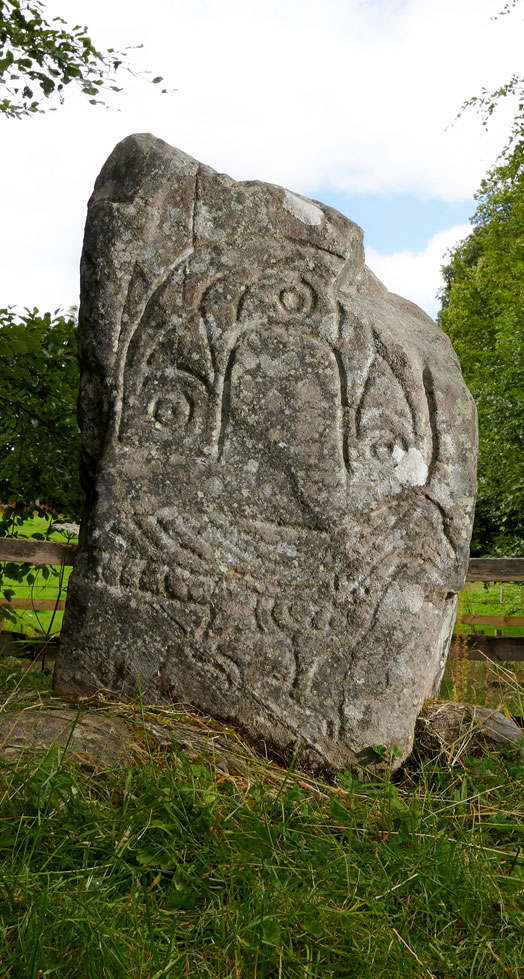
The Eagle Stone © Ewen Weatherspoon
Inverness and the Black Isle
Inbhir Nis agus An t-Eilean Dubh
Amazing carved stones and spectacular hillforts
Clachan snaighte iongantach is dùin-chnuic eireachdail
1½ – 2 ½ days. 46 miles
Explore the mysterious and beautiful art of the Picts on a tour of carved stones set outside amidst lovely scenery and others which are housed in fascinating museums. Another highlight is the hill fort of Craig Phadrig, with its spectacular views over the Beauly Firth and down the Great Glen, and traditional links with St Columba. This a tour which also takes in some charming towns and villages with a wide range of eating-out and shopping opportunities.
This tour that can be completed in either direction. Take your time to browse around the wider collections of the three museums and allow leisurely breaks for refreshments. You may need additional time if you want to walk up to the hillfort and enjoy the views from the top, or to explore the other many other attractions of Inverness, Strathpeffer, Dingwall and Rosemarkie. Enjoy local history trails, woodland walks, beaches, dolphin- and red-kite watching and a range of local shops.
Inverness Museum and Gallery
Knocknagael Boarstone
Craig Phadrig
The Eagle Stone
Dingwall Museum
The Dingwall Stone
Groam House Museum
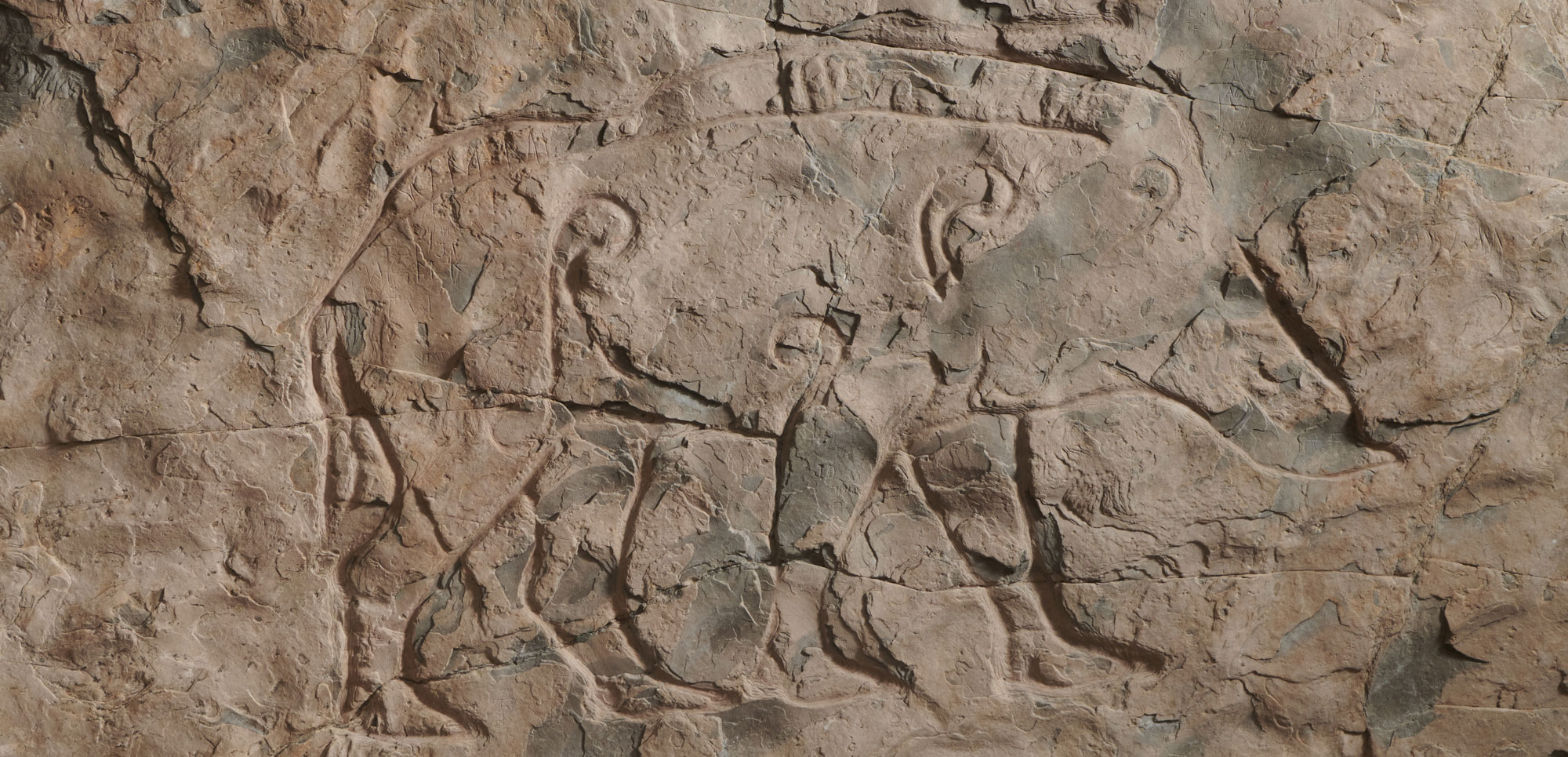
The Knocknagael Boarstone, Highland Council © Ewen Weatherspoon
Begin your visit in the capital of the Highlands at Inverness Museum & Art Gallery. Here you can explore a showcase of fine Pictish carved stones alongside a rare pendant carved in cannel coal and found at Breakachy near Beauly. This small but outstanding example of Pictish artwork was found near Beauly in 1877 and is unique as the only decorated Pictish pendant of its type. A visit to the museum, which has displays on three floors, can be enjoyed in its own right as an introduction to the history and heritage of the Inverness area – allow half a day.
Inverness is also home to the Knocknagael Boar Stone, a large carved symbol stone decorated with the enigmatic mirror and case symbol alongside a wild boar. The best way to see this is to walk from Inverness Museum & Art Gallery over the picturesque River Ness to the stone’s home at the Highland Council Headquarters.
Your tour now takes you along the shores of the Moray Firth, through the picturesque market town of Beauly and on to the Victorian spa town of Strathpeffer. Explore Beauly’s interesting shops and cafes and visit the ruined thirteenth century Beauly Priory to enjoy a sense of the long Christian history of the area.
The Eagle Stone, located above the village of Strathpeffer, is an enigmatic stone carved with a clear carving of an eagle along with an arch-shaped symbol. Tradition links it with a Clan Munro battle in 1411. A good place to park and stop for refreshments is the Old Victorian Station and Highland Museum of Childhood where staff can assist you with directions to the stone, which is a short walk from the museum.
Your next stop is the county market town of Dingwall. At Dingwall Museum you can see the Highland’s most recently discovered Pictish find. The remarkable Conan Stone was discovered in 2019 and has been carefully conserved and displayed by the efforts of North of Scotland Archaeological Society NOSAS and The Pictish Society. Before leaving Dingwall you can take a short walk to view the other Pictish stone in the town, The Dingwall Stone.
The last stop on your itinerary is definitely not to be missed and is the perfect way to end your day exploring our Highland Pictish past. Travel across the rolling farmland of the Black Isle to Groam House Museum in Rosemarkie, where you can immerse yourself in Pictish art and culture in the form of the spectacular Rosemarkie Stone and the museum’s unique collection of carved early Christian sculpture. Although much of the Rosemarkie’s Pictish past is now hidden under later buildings, a walk around the picturesque village gives you a sense of the history and heritage of the place and its people. The village has a range of amenities including cafés, toilets and shops and, of course, the beach which is a great spot to end your day. Remember to look out for bottlenose dolphins who can often be seen hunting energetically for fish near Chanonry Point.
Don’t forget the option of using the Cromarty Ferry in summer to travel south to, or north from, the Black Isle. https://www.highland.gov.uk/info/1526/public_and_community_transport/777/cromarty_ferry
